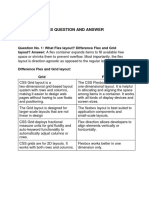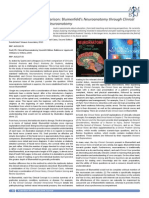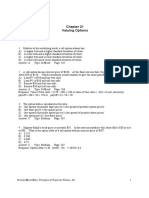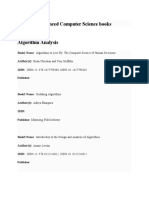0% found this document useful (0 votes)
88 views5 pagesHTML CSS Viva Questions BCA
The document provides a comprehensive list of HTML and CSS viva questions along with their answers, covering fundamental concepts such as HTML structure, tags, CSS styling, and responsive design techniques. It includes explanations of various elements, attributes, and best practices for web development. Additionally, it discusses project experiences and challenges faced during development.
Uploaded by
dashamiss1697Copyright
© © All Rights Reserved
We take content rights seriously. If you suspect this is your content, claim it here.
Available Formats
Download as DOCX, PDF, TXT or read online on Scribd
0% found this document useful (0 votes)
88 views5 pagesHTML CSS Viva Questions BCA
The document provides a comprehensive list of HTML and CSS viva questions along with their answers, covering fundamental concepts such as HTML structure, tags, CSS styling, and responsive design techniques. It includes explanations of various elements, attributes, and best practices for web development. Additionally, it discusses project experiences and challenges faced during development.
Uploaded by
dashamiss1697Copyright
© © All Rights Reserved
We take content rights seriously. If you suspect this is your content, claim it here.
Available Formats
Download as DOCX, PDF, TXT or read online on Scribd
/ 5
























































































